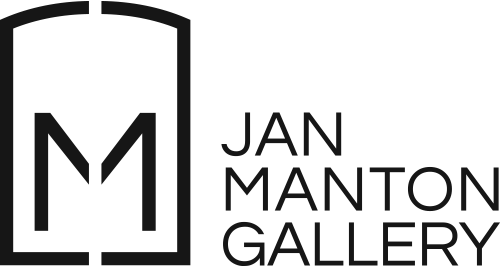First Impressions: The Valley of Skies
31 October - 24 November, 2018
The themes of place and exchange have played an integral role in the long and rich history of visual art in Australia. These responses address specific places, and their personal and cultural significance. The sharing of these experiences with others informs the majority of works that have produced in this country. This theme of place is embedded in the long, rich and continuing history of Australia’s Indigenous art and culture. More recently the formation of groups such as the Heidelberg School have highlighted this desire to travel to and represent new locations.
Creative relationships such as the Heidelberg School arise from a mixture of circumstances. These include where the artists live, their interests and the time they occupy, as well as chance. The artists participating in ‘First Impressions: The Valley of Skies’ have some of these elements in common, but are also united by exhibiting with Jan Manton Art Gallery. Through this mutual professional connection, other creative relationships have emerged. These associations have enabled this new group exhibition.
Conceived and curated by Lee Wilkes in conjunction with Jan Manton, the exhibition invites the artists to respond to a unique site in Cannon Creek, southeast of Boonah. The property, deep within Queensland’s Scenic Rim, boasts some of Australia’s most magnificent scenery. The owners have an obsession with mountains and skies, but in particular, storms - “the bigger the better” as far as they are concerned. They love the energy of this special place, where the earth and sky seem to touch. They can feel the vibration, and sense the spirit of this ancient but ever- changing scene. The views encompass everything from Mt Lindesay in the Border Ranges to the south, to Nanango in the Blackbutt Ranges to the north. This spans a distance of over 200 kilometres.
The region marks the starting point for many of South East Queensland’s summer thunderstorms. From the vantage point of the property, these can be seen from conception to full blown potency. Heavy rainfall early in the year creates a lush and vibrant landscape. By June a striking transformation occurs, with luminous green being replaced by the driest of ochre. This transformation reminds us of nature’s continuous evolution. Combined with this most prehistoric landscape, it forces us to consider our purpose within this place.
The property lies on private land. As a result, the artists featured in the exhibition would be have been unlikely to have had access to this powerful and majestic landscape. This highlights the value of sharing meaningful connections and experiences with others.
Inviting artists to respond to an experience of a new site presents an interesting test. It highlights the momentum of a practice. Will the experience of this new place assimilate visually into an existing body of work, or will it be in contrast? What drives artists to feel compelled to represent some experiences and not others, even of equal interest? Adding to the complexity of these questions is the ability to experience places digitally. This raises the possibility that the physical experience will be in contrast to the initial, digital encounter.
First Impressions: The Valley of Skies explores the possibilities of a site both fixed and in a cycle of change. This combines with the interests, materials and processes that each individual artist brings to it. Each work represents a moment of interest in something seen for the first time, which is captured and shared. These works generate new dialogue and experiences for those observing them.




